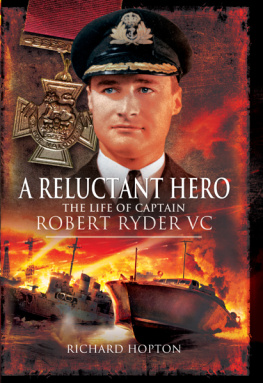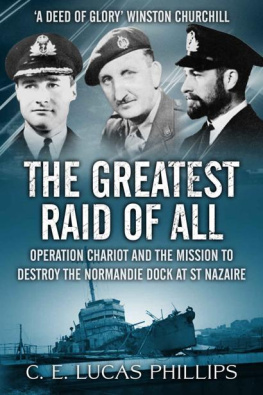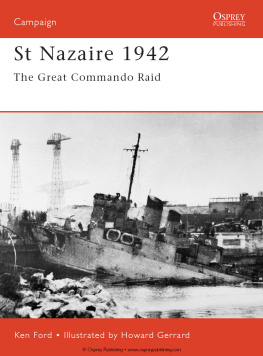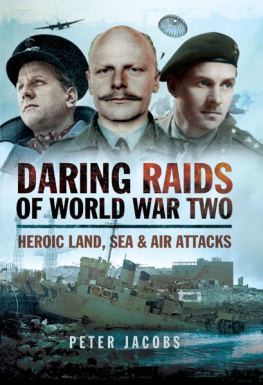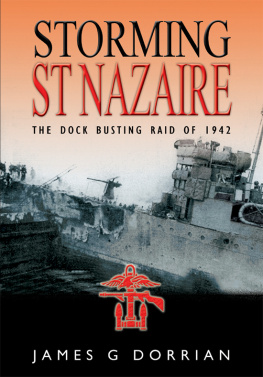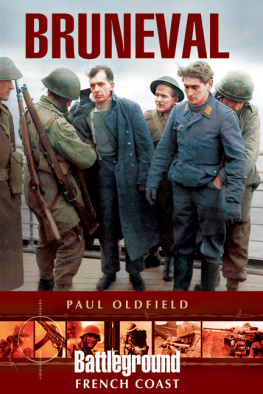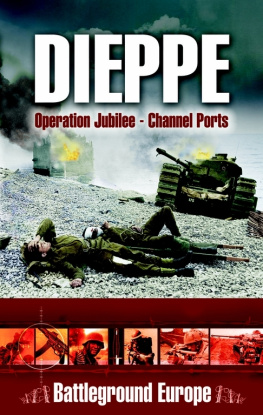For Edward
28 June 1964
9 May 2007

First published in Great Britain in 2011 by
Pen & Sword Maritime
an imprint of
Pen & Sword Books Ltd
47 Church Street
Barnsley
South Yorkshire
S70 2AS
Copyright Richard Hopton 2011
ISBN 978-1-84884-370-7
PRINT ISBN 9781848843707
EPUB ISBN 9781844682652
PRC ISBN 9781844682669
The right of Richard Hopton to be identified as Author of this Work has been
asserted by him in accordance with the Copyright, Designs and Patents Act
1988.
A CIP catalogue record for this book is available from the British Library
All rights reserved. No part of this book may be reproduced or transmitted in
any form or by any means, electronic or mechanical including photocopying,
recording or by any information storage and retrieval system, without
permission from the Publisher in writing.
Typeset in 11pt Ehrhardt by
Mac Style, Beverley, East Yorkshire
Printed and bound in the UK by CPI
Pen & Sword Books Ltd incorporates the Imprints of Pen & Sword Aviation,
Pen & Sword Family History, Pen & Sword Maritime, Pen & Sword Military,
Pen & Sword Discovery, Wharncliffe Local History, Wharncliffe True Crime,
Wharncliffe Transport, Pen & Sword Select, Pen & Sword Military Classics,
Leo Cooper, The Praetorian Press, Remember When, Seaforth Publishing and
Frontline Publishing.
For a complete list of Pen & Sword titles please contact
PEN & SWORD BOOKS LIMITED
47 Church Street, Barnsley, South Yorkshire, S70 2AS, England
E-mail:
Website: www.pen-and-sword.co.uk
Acknowledgements
I have been helped by many people in the process of writing this book. All of the following have helped me in one way or another; to each and every one of I am most grateful.
Dorothy Abel Smith, Mavis Ashton, Martin Bates, Oliver Bates, Duncan Beardmore Gray, Mark Bertram, Peter & Dinah Comins, Barry Cox, Hon. Librarian, RNLI, Mrs Peter Cracroft, Judy Faraday, Archivist, John Lewis Partnership, Mrs Didy Grahame, John Green-Wilkinson, Susannah Gurdon, Mrs Penelope Hatfield, Archivist, Eton College, Anne Head, Enid Henley (ne Coulson), Diana, Lady Holderness, Andrew Imlach, of the CPA, Martin & Virginia Jolly, the late Bridget Lamb, Mrs Christine Leighton, Archivist, Cheltenham College, Sir Julian & Lady Loyd, Moira & the late John Marriott, Charlie Mayfield, Chairman, John Lewis Partnership, Lt.-Col. R.K. Montgomery MC, Francis Peel, Giles Peel, Mrs Francis Penley, Nigel Prescot, Major-General C.W.B. Purdon CBE, MC, Fergus Read, IWM, Andrew Rosthorn, Tim & Tuna Ruane, Olivia Ryder, Ralston Ryder, Peter Rymill, Victoria Schofield, Sheena Skjoldesbrand, Joanna Spencer-Nairn, the staff of the Hartley Library, Univ. of Southampton, Iain Stewart, Roderick Suddaby, Mark Tillie, the late Eric de la Torre, Selina Walker and Mary Wilkins.
I have quoted on p.202 from a letter written by Ian Fleming with permission of the copyright holders, the Ian Fleming Will Trust. Every effort has been made to trace the copyright holder in the papers of Vice Admiral John Hughes-Hallett and both the author and the Imperial War Museum, where the collection is preserved, would always be grateful for any information which might enable them to get in touch with the present owner of the copyright.
I am most grateful to James Dorrian who has kindly allowed me to reproduce his maps showing the harbour of St Nazaire in 1942 and the approach route taken by Operation Chariot up the estuary of the River Loire. They originally appeared in his Storming St Nazaire (1998). I am grateful too to Peter Rymill who has allowed me to reproduce the maps describing the BGLE from his fathers Southern Lights. Glen Preece, artist extraordinaire, drew the map showing the route taken by the Tai-Mo-Shan during her epic voyage of 193334. He will be forever in my debt.
My greatest debt is to Robert Ryders family, most notably to his son Lisle Ryder and his daughter, Mrs Martin Bates. They have answered endless questions, provided much constructive criticism and tolerated my intrusion into their familys past with great good humour. Most importantly, they have given me wholly unrestricted access to their fathers papers. It is no exaggeration to say that without their help and encouragement, this book would never have seen the light of day. Needless to say, any errors of fact or judgment that remain are mine and mine alone.
The idea that I should write this biography came in the first place from an old friend of mine, Jonathan Peel. Johnny was Ryders nephew and, therefore, a cousin of his son and daughter to whom he kindly introduced me. Sadly, he died suddenly in April 2009 at the tragically early age of 46. I miss him greatly and can only hope that he would have enjoyed this book.
Lastly but by no means least, I should like to thank Caro, without whose love and support nothing would ever get written in the Hopton household. To her, I owe it all.
Richard Hopton
Chittlehampton, Devon, October 2011.
Prologue
As the sun set on 28 June 1940, HMS Willamette Valley was at position 49 199 N, 15 159 W, 300 miles off the south-west coast of Ireland, seventeen days out of Gibraltar bound for the Canadian port of Halifax. She was a Q ship, a tramp steamer converted with concealed guns and torpedo tubes for operations against enemy surface raiders and U-boats. Disguised as Ambea, a Greek merchant vessel, the Willamette Valley was commanded by Lieutenant Commander Robert Ryder, with a ships company of about ninety men.
At about 2100, in gathering darkness and under a cloudy sky, the Willamette Valley, as she did every night, closed up to actions stations. At 2112 she was struck by a torpedo on the port side just forward of the bridge. It was too dark to see if the submarine had come to the surface. Moreover, the ship, silhouetted against the dying embers of the setting sun on the western horizon, presented a fine target for the U-boats cannon shells.
The torpedo, luckily, had not caused too much damage. As the main engine was intact and still functioning, Ryder decided to continue with the normal drill. Accordingly, the panic party in two boats an apparently hasty evacuation of the ship, in the hope of luring the U-boat to the surface was ordered away. Meanwhile, the concealed gunports remained closed, to preserve the disguise. After about twenty minutes one of the panic partys boats, which had been damaged, returned to the ship. Ryder ordered the men on board to hide on the Willamette Valleys decks so that they could not be seen were the U-boat to turn a searchlight on his ship. Ryder was at this stage still determined to continue the ruse in the hope of bringing the enemy to the surface where his concealed guns could get a shot at her. He had been crisscrossing the Atlantic for more than four months without making any substantial contact with the enemy. Now, finally, he had a U-boat in his sights.
Twenty-five minutes later, at around 2200, a second torpedo struck the Willamette Valley, smashing into the engine room on the starboard side. There was a blinding flash and a screech of tearing, flying steel. The engine room almost immediately burst into flames. Ryder ordered Michael Seymour, the First Lieutenant, to muster the hands he needed to tackle the fire, while the remainder removed as much unused ammunition as they could to safety. The centre of the ship was ablaze, great gouts of flame pouring from the engine room cowls and skylights. At one point a sheet of flame shot up the funnel, illuminating the whole ship. The fire main in the engine room was out of action so the crew fought the raging fire with buckets of water, sand and foam.
Next page
